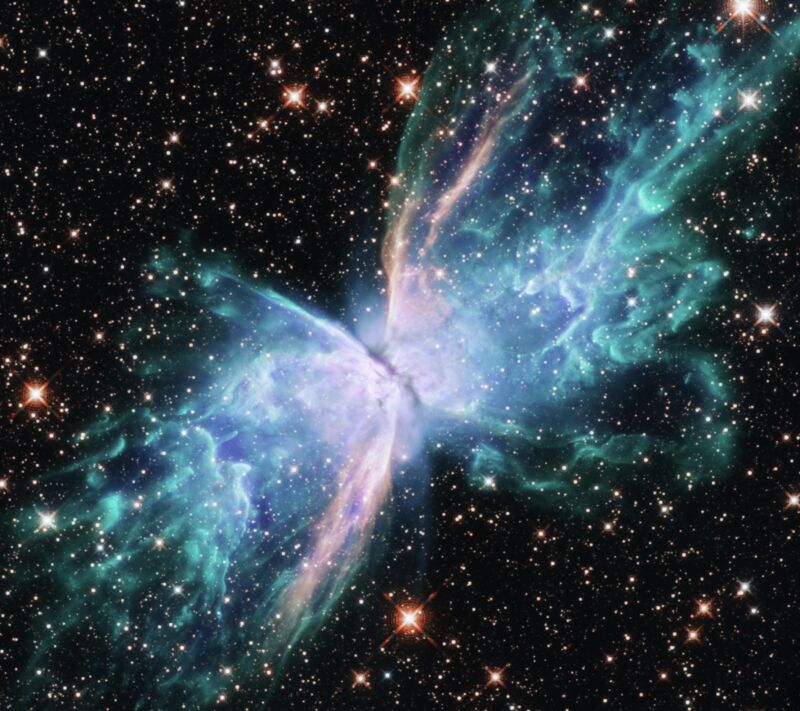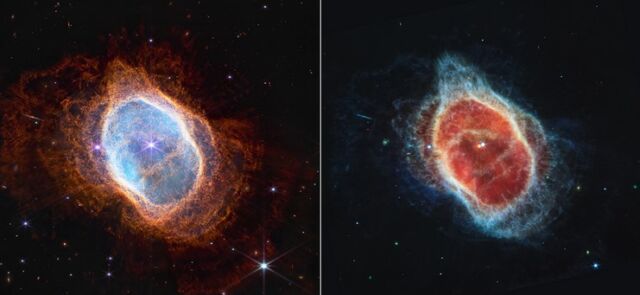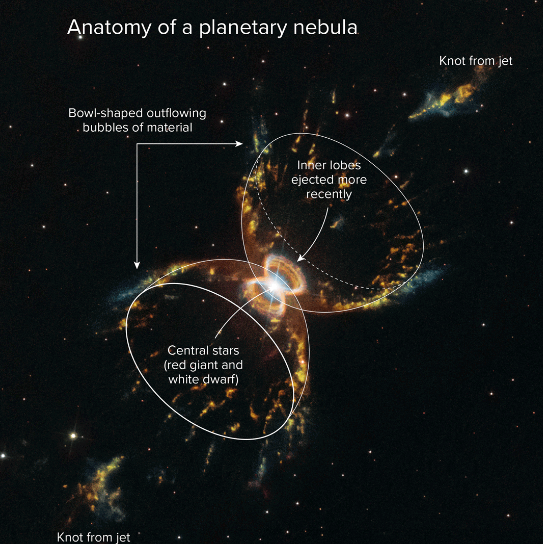
Billions of years from now, as our sun nears the end of its life and begins to melt helium nuclei in its core, it will swell dramatically and turn into what’s known as a red giant star. After swallowing Mercury, Venus and Earth with barely a burp, it will grow so large that it can no longer hold its outer layers of gas and dust.
In a glorious denouement, it will cast these layers out into space to form a beautiful veil of light, which will glow like a neon sign for thousands of years before fading.
The galaxy is dotted with thousands of these jewel-like memorials, known as planetary nebulae. They are the normal end stage for stars ranging from half the mass of the sun to eight times its mass. (More massive stars have a much more violent ending, an explosion called a supernova.) Planetary nebulae come in a stunning variety of shapes, as suggested by names like the southern crab, the cat’s eye, and the butterfly. But as beautiful as they are, they are also a mystery to astronomers. How does a cosmic butterfly emerge from the seemingly inconspicuous, round cocoon of a red giant star?
Observations and computer models now point to an explanation that would have seemed bizarre 30 years ago: Most red giants have a much smaller companion star hidden in their gravitational embrace. This second star shapes the transformation into a planetary nebula, much like a potter forms a vessel on a potter’s wheel.

The dominant theory of the formation of planetary nebulae previously concerned only one star: the red giant itself. With only a weak hold of gravity on the outer layers, it loses mass very quickly at the end of its life, losing up to 1 percent per century. It also churns like a boiling pot of water beneath the surface, causing the outer layers to pulse in and out. Astronomers theorized that these pulsations produce shock waves that blow gas and dust into space, creating what is known as a stellar wind. Still, it takes a lot of energy to completely expel this material without it falling back into the star. It cannot be a soft zephyr, this wind; it must have the power of a rocket blast.
After the star’s outer layer escapes, the much smaller inner layer collapses into a white dwarf. Hotter and brighter than the red giant it came from, this star illuminates and heats the escaping gas until the gas begins to glow on its own — and we see a planetary nebula. The whole process is very fast by astronomical standards, but slow by human standards, and usually takes centuries to millennia.
Until the Hubble Space Telescope launched in 1990, “we were pretty sure we were on the right track” in understanding the process, says Bruce Balick, an astronomer at the University of Washington. Then he and his colleague Adam Frank, of the University of Rochester in New York, were at a conference in Austria and saw Hubble’s first pictures of planetary nebulae. “We went to get coffee, saw the pictures and we knew the game had changed,” Balick says.
Astronomers had assumed that red giants were spherically symmetrical and that a round star should produce a round planetary nebula. But that’s not what Hubble saw – not even close. “It became clear that many planetary nebulae have exotic axisymmetric structures,” said Joel Kastner, an astronomer at the Rochester Institute of Technology. Hubble revealed fantastic lobes, wings and other structures that were not round, but symmetrical about the major axis of the nebula, as if they had been rotated on the potter’s wheel.

In early photos from ground-based observatories, the Southern Crab Nebula appeared to have four curved “legs,” like a crab. But detailed images from the Hubble Space Telescope show that these legs are the sides of two bubbles roughly shaped like an hourglass. At the center of the bubbles are two jets of gas, with “nodes” that can light up when they encounter the gas between the stars. Located several thousand light-years from Earth in the constellation Centaurus, the Southern Crab appears to have had two gassing events. One about 5500 years ago created the outer “hourglass”, and a similar event 2300 years ago created the inner, much smaller one.

